Mariko Tamaki can be divisive among comic audiences - a strange contradiction, given how unanimously she's celebrated in the world of awards. An award-winning Canadian writer, Tamaki has made her mark in both independent and mainstream comics. With acclaimed titles like This One Summer and Laura Dean Keeps Breaking Up with Me, she’s earned multiple Eisner and Ignatz Awards for her emotionally resonant storytelling. Though her work occasionally stirs debate among fans, Tamaki stands as a widely respected voice in contemporary comics.
Why is that? Well, Mariko Tamaki’s writing speaks to three very clear audiences. First, young people, often skewing female and LGBTQ+. And let’s be honest, there’s nothing back-in-my-day types hate more than deep dives into the longings of a generation they don’t understand. Second, her work often serves as a gateway for people picking up a comic for the very first time, which means it leans into more accessible storytelling. And third, she writes for herself - or rather, for the kids who once felt the way she did.
That’s where most of the controversy tends to land. I’ll get into the common criticisms further into the reviews, but my unshakable defense of Tamaki’s point of view is this: art should carry a piece of its creator. Most of it does, whether we notice or not. Tamaki tackles subjects that are divisive because they center on people who are often overlooked, even by themselves. And that’s the key: even by themselves.
In her writing, she bridges the unforgettable truths with the idyllic could be, and it resonates with the people it’s meant to. That’s how it’s done, by having the courage to put yourself in the work.
Let's take a look at Tamaki's independent works.
Skim with Jillian Tamaki
 First, let’s talk about Skim, Mariko Tamaki’s first graphic novel, created with her cousin Jillian Tamaki. It’s out of print, so recommending it might seem pointless, but I’m doing it anyway, because I think it’s the most important work for truly understanding Tamaki.
First, let’s talk about Skim, Mariko Tamaki’s first graphic novel, created with her cousin Jillian Tamaki. It’s out of print, so recommending it might seem pointless, but I’m doing it anyway, because I think it’s the most important work for truly understanding Tamaki.
It’s an uncomfortable read, in the best way. It drops you right into the late '90s/early 2000s high school experience so effectively that it can feel almost disheartening. The characters are unlikable in a way that feels painfully real. Kids from those generations (this is where I quietly raise my hand and whisper, “me too”) often had to make themselves unlikable to survive the quiet brutality of unspoken bullying culture.
They hate everything. Liking something is definitely not cool. Being happy? That’s just the system trying to break you. But at the same time, they - we - are deeply susceptible to fantasy. Love is everything, because why wouldn’t it be?
In this weaving, the Tamakis reveal themselves, and hold up a mirror that’s hard to look away from. The survival tactics the characters adopt unfold in a graphic novel built around the motif of not surviving. And the last panel? It lands with a feeling we all know too well: the ache of things we’ve let go.
Now onto the fun part - the stuff you can actually get your hands on.
This One Summer with Jillian Tamaki
This One Summer is an Eisner-winning graphic novel, where we follow Rose Wallace, a pre-teen girl returning with her parents to their summer cottage in the beach town of Awago Beach, a familiar, almost ritualistic destination for their family. But this summer feels different.
Rose finds herself caught in the uneasy in-between of childhood and adolescence, all while observing the quiet unraveling of her parents’ relationship. At the same time, she becomes drawn into the drama of the local teens, particularly a boy named Dunc and the messy fallout of his romantic life.
The beach has such a poignant visual memory for kids who used to do the early family trips. It’s childhood, it’s nostalgia. But it also brings a dazed and foggy feeling. It’s childhood, and it can be traumatic. Feelings of introspection, melancholy, quiet.
The dichotomy here is living in the liminal space of pre-adolescence, where you are not really a kid (you can’t truly be anymore), where you just see things with eye-glowing hope and innocence, but you are also not an adult either, so you don’t truly understand the meaning of complexity when it comes to adult life, adult feelings, and adult decisions.

But you feel both of these at the same time. You are still enticed by the blue sky around, but you can hear the blues coming from the other room.
And it’s deeply uncomfortable and challenging. To see and feel two things at once. To be pushed toward understanding. It exposes the protagonists (and herself - “and me again”) in how judgmental we can be. How could we not be? We don’t understand yet.
And the Tamakis - how they choose to leave things at the end of this journey - is both beautiful and uncomfortable.
In these beautiful blue blues that drip through the pages, let’s be real: will we ever understand anything?
Laura Dean Keeps Breaking Up with Me with Rosemary Valero-O’Connell
Another Eisner-winner. Laura Dean Keeps Breaking Up With Me follows Freddy, a queer teenage girl caught in a toxic relationship with the charismatic but emotionally unavailable Laura Dean. It’s a push-pull of heartbreak, unhealthy attachment, and a search for self-worth, all while Freddy slowly drifts from the friendships she’s been taking for granted.

The book doesn’t follow a traditional plot structure with rising action and climax. Instead, it traces the emotional arc of Freddy’s realization: that she deserves better. Not just in love, but in how she shows up for others, and for herself.
“What is it like to love this person who keeps breaking up with you, and then presumably coming back to you? What does your love with this person offer you? Does it make you happy? Does it give you what you need to be a better person?”
That is enough to summarize what’s at play here. Laura Dean Keeps Breaking Up with Me might be my favorite. The trainwreck heading for nothing at all (and maybe everything again over the shore) that Tamaki’s characters live through is best exemplified here. They see and define themselves only through others.
And in that projection of our own happiness, they ("we?") alienate ourselves from both them, us, and everyone who isn’t part of that tangled web. And the main issue? It prevents you from seeing the toxicity in others. Because if we project what we are and use them as the projector itself, of course we’ll only see the good.
And that’s where the danger monster lies. What’s not in those fluid soft pinks in our black-and-white world.
Roaming with Jillian Tamaki
We are back with Jillian Tamaki in another Eisner-awarded piece that encapsulates all of the above. This is undoubtedly the more mature work, both in the sense that these artists have hit a sweet spot and in the audiences they’re intended for.
Roaming is a slice of life work following two childhood friends, Dani and Zoe, who’ve just started college in different places, reuniting for a trip to New York. But it’s not just them. Dani brings along Fiona, her new roommate. Beautiful, confident, and glowing Fiona, who Dani thought would eventually ditch them but ends up sticking around.

Fiona shines in Zoe's eyes. Zoe is the one who is changed, or at least trying to change. Hair, sure, but identity as well. So, of course, Fiona shines. The allure of confidence and self-assurance when we feel we have neither. Especially in this period of life where we’re confronted with the reality that we don’t even know who we should be, other than the person we’ve always been.
It’s a dangerous (Laura-Deanying danger) illusion and performance Fiona puts on - something Zoe doesn't see yet. Because what new college student isn’t putting on a theater production about themselves every day? Maybe both the audience and Dani can see this, making Fiona as annoying as she can be when you see through the act. And the harm it does.
But Mariko, just like in Skim, is not interested in judging anyone here. There’s an understanding that none of these young women have a full sense of who they are, and New York City - though with buildings too tall to see beyond - becomes a city of mirrors. Reflections of our possible present (and future) in both windows and in the other people walking by.
So the Tamakis invite us to simply walk around with them.
Mariko Tamaki at DC and Marvel
Tamaki is one of those graphic novel writers who made the leap to mainstream comics with mixed results. I remember falling in love with her indie work, then seeing her name attached to a Batman book and thinking, wait, why is nobody talking about how incredible this is? Only to be very disappointed when they finally did, because it often didn’t carry the same non-judgmental boldness that marks her indie work - the kind of boldness that interprets imperfection not as something to be ashamed of, but as something complex and worthy of exploration.
DC Ink
For DC Comics, Tamaki was one of the openers for their DC Ink line - a graphic novel, non-canon approach targeted at YA audiences - with Harley Quinn: Breaking Glass. She reinvents Harley, Ivy, and the Joker through the same lens as her indie work, transporting her thematics into a more commercially marketable Big Two book. The result is a look at late-2010s teenagers with the same real, grounded approach she brought to Skim. And the characters are perfect for making those leaps.

The art by Steve Pugh is absolutely brilliant and, in many ways, steals the show. Tamaki did something similar with Supergirl: Being Super earlier, another very enjoyable book, which also resonates with older audiences.
There’s also I Am Not Starfire for the DC Ink line. This one is often considered one of the worst comics ever made. When you read it, you understand that it’s nowhere near that level of bad, but you also see why people complain about it - and it’s the usual. What if Starfire’s kid was an overweight goth who had absolutely no interest in being like her mom?
Tamaki essentially transports the character from Skim here, simplifying her, and maybe this is just my individual perspective from reading both of them back-to-back for research, but it’s as clear as day to me. That’s where Mariko’s reflection on her own work turns to the typical criticism: that she self-inserts too much. And while that’s a valid perspective, it’s a simplistic way of judging her.
I believe the faults in this book are more about the simplification of its resolution. It needs to be upbeat and hopeful because of the line, and I can’t help but think of the final scenes in both Skim and Roaming when reading this - knowing how much more it could have been. But it’s a commercial work meant for kids, and the text is exactly what it was hired to be. Simplifying.
So, I get calling this “bad,” but I’ll never fully understand the anger around it. That’s absolutely prejudice and hate. Read it for yourself, or give it as a gift to young kids who might need something simple and hopeful in their lives, and I promise you they’ll see themselves reflected here and feel good about it.
Mariko Tamaki: Batman Detective Comics
She also worked on Detective Comics, with a whole run available in omnibus and TPBs. Personally, I think that we should be thrilled to have indie writers like Tamaki working on the mainstream. Batman Detective Comics is set in the James Tynion IV, post-Future State era - meaning it features Punchline and the whole Magistrate business going on.
Mariko's approach is fascinating because what she brings from her indie sensibilities almost translates perfectly to Gotham. You can feel the effort to carve out emotional truth and nuance in characters who are usually pushed into plot-driven arcs. And while some long-time Bat-fans weren’t here for the slower, more introspective moments, others (like me, quietly again: “me too…”) found it refreshing.
And, my god, EARLY DAN MOURA ART. Mariko’s books always come with gorgeous art, and Batman Detective Comics is no exception.
The Batman: Detective Comics by Mariko Tamaki Omnibus is available for pre-order now.
But you can also collect some of the Trade Paperbacks or Hardcovers:
- Batman: Detective Comics Vol. 1: The Neighborhood TP
- Batman Detective Comics HC Vol 03 Arkham Rising
- Batman Detective Comics (2021) TP Vol 04 Riddle Me This
Mariko Tamaki for Marvel - She-Hulk and X-23

For Marvel, Tamaki had a run on two of my absolute favorite characters: She-Hulk, where her approach brought deep introspection, emotional honesty, and the space to sit with yourself while still punching through walls.
And X-23 (a.k.a. Laura Kinney, a.k.a. Wolverine), where trauma isn’t just a plot device but something lived, survived, and quietly unpacked.
Both books gave their leads not just action, but reflection. In doing so, Tamaki treats superheroes' strength and vulnerability not as opposites, but often as two sides of the same coin.
If you’ve never picked up one of Mariko Tamaki’s books, you’re definitely missing out
Mariko Tamaki is a unique and essential voice in comics, celebrated for her emotionally rich, introspective storytelling that centers on young people - especially queer and marginalized teens - navigating the complexities of identity, relationships, and self-worth. Whether in indie or mainstream work, Tamaki always writes with a clear sense of audience: for those still figuring themselves out, for those who’ve been overlooked, and for herself, and the kid she once was.
Her work can be polarizing, not because of its quality, but because it dares to explore difficult, uncomfortable emotional truths, refusing to simplify or judge. Instead, she offers layered, resonant reflections of growth, longing, and imperfection, which don’t aim to please everyone but connect with those who need it most.

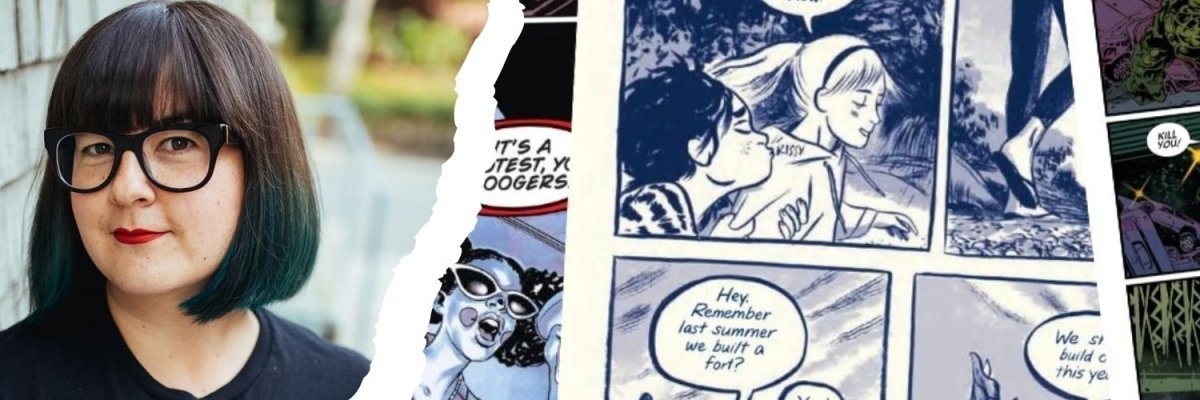



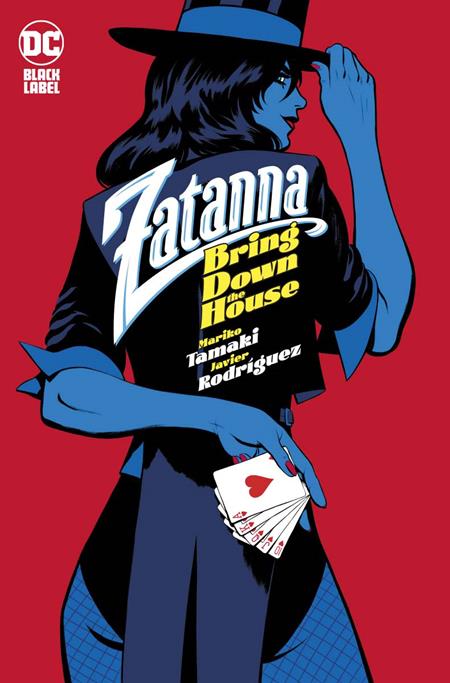

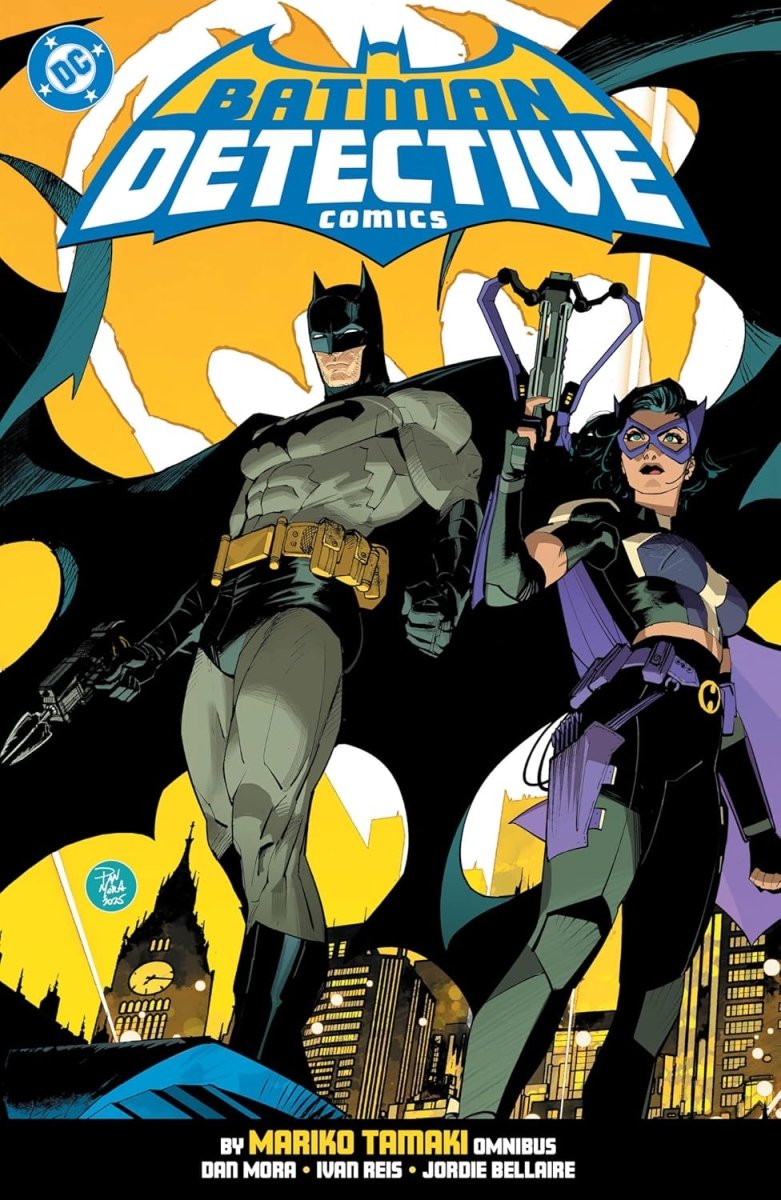
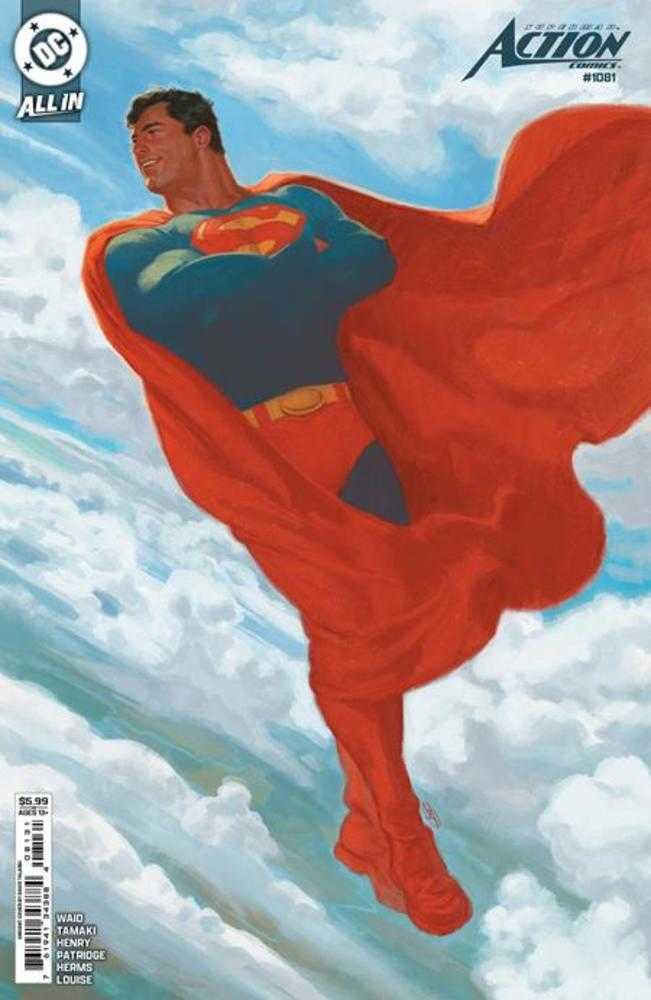
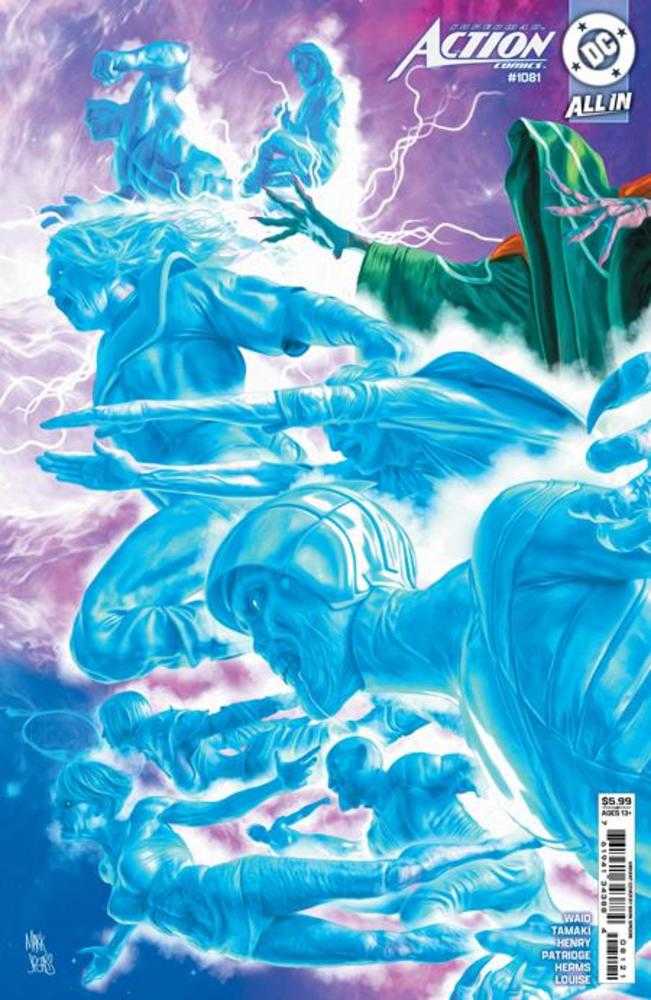
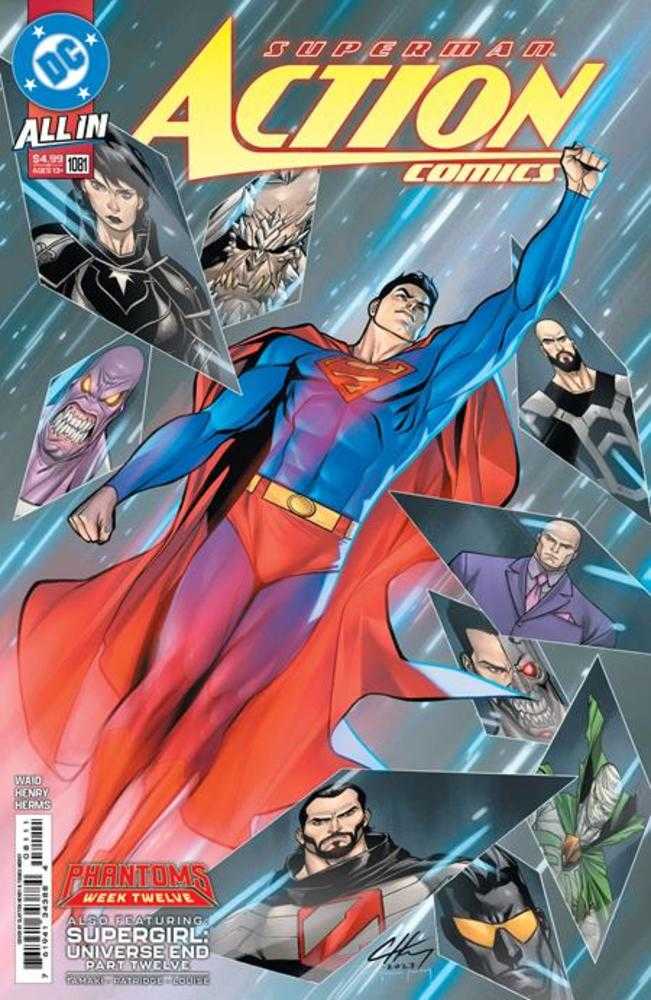
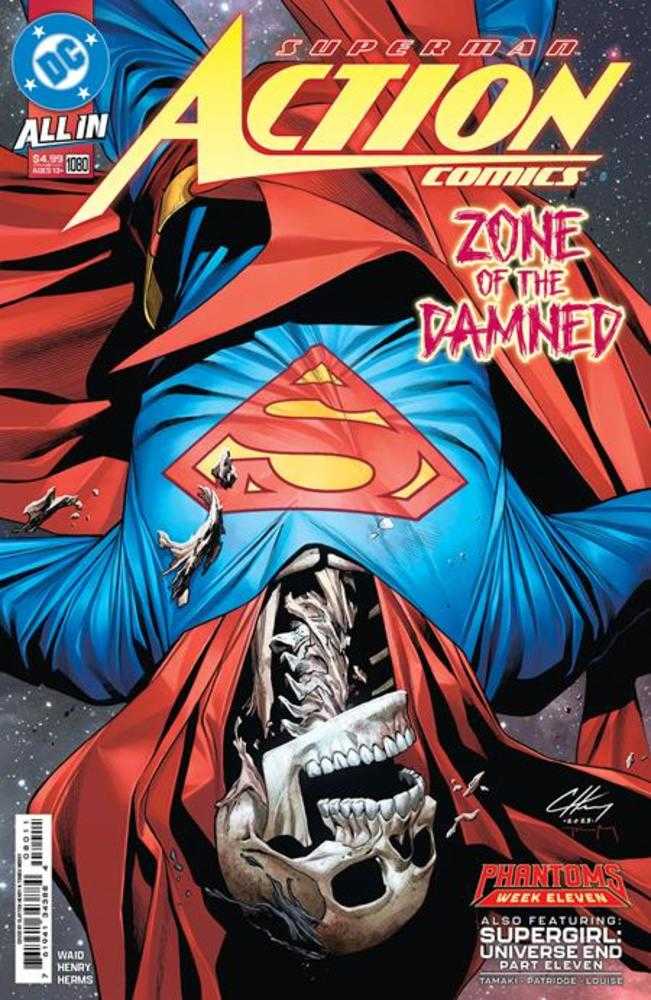

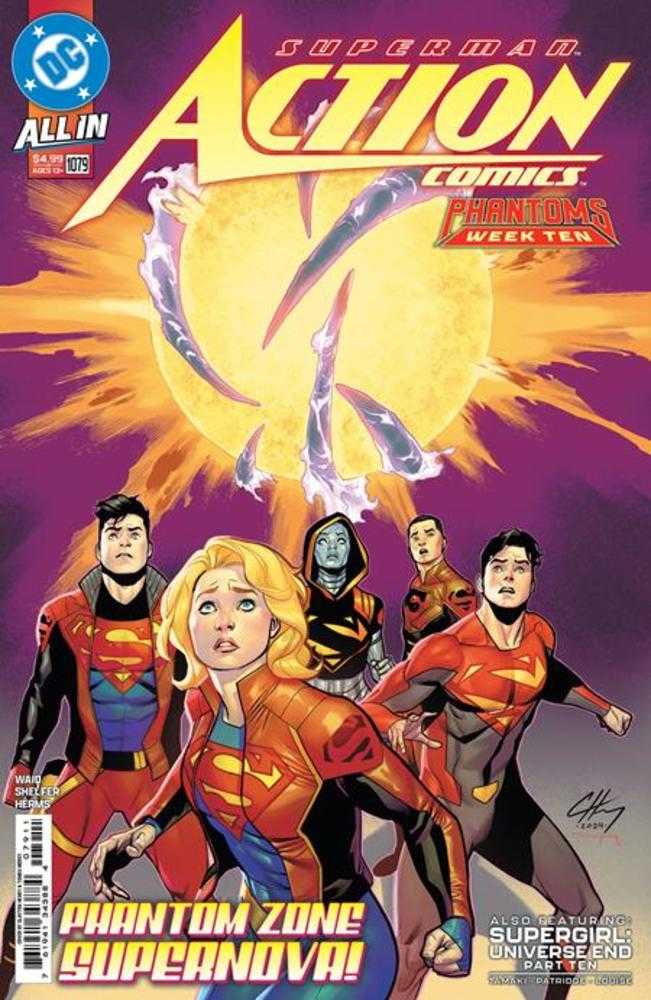
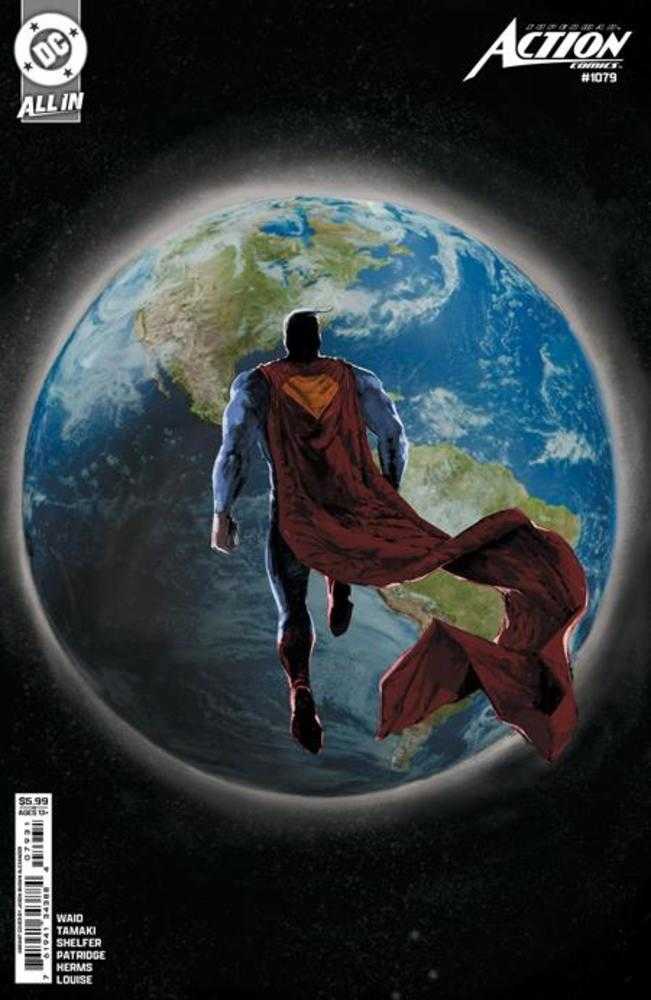
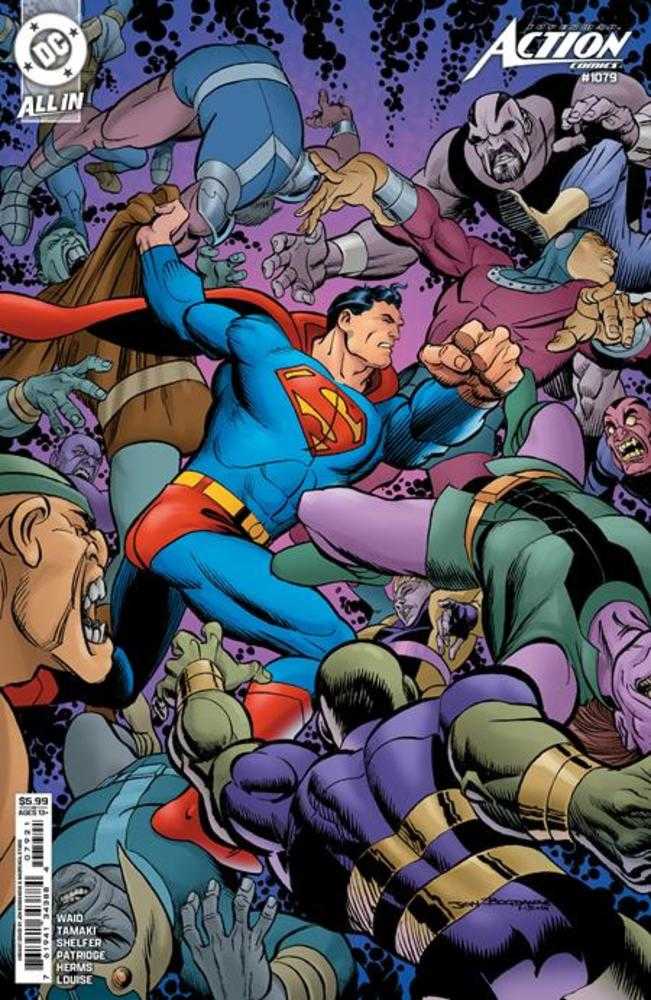
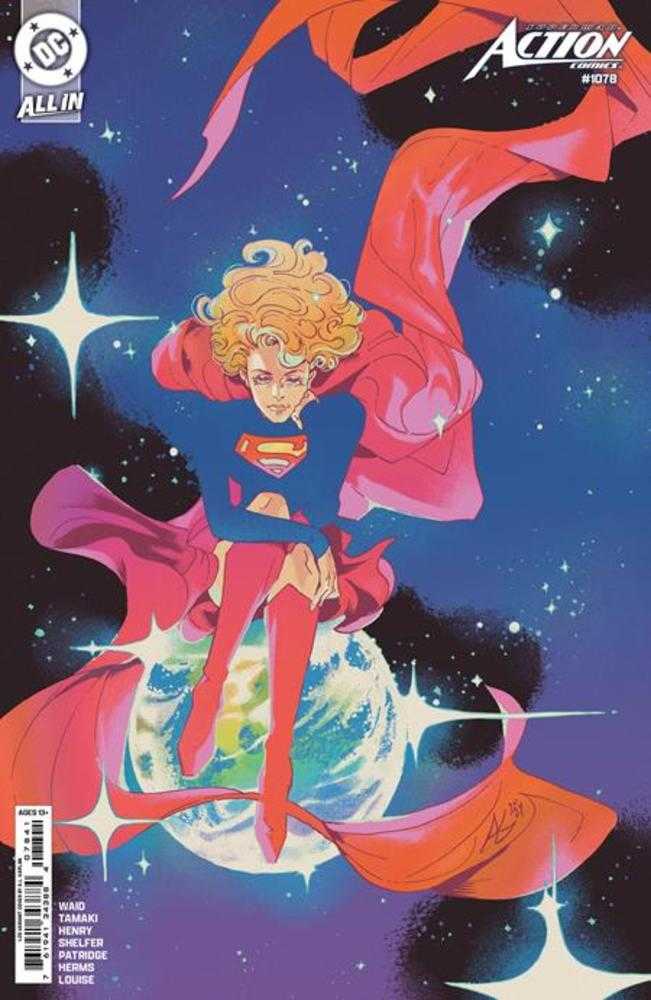
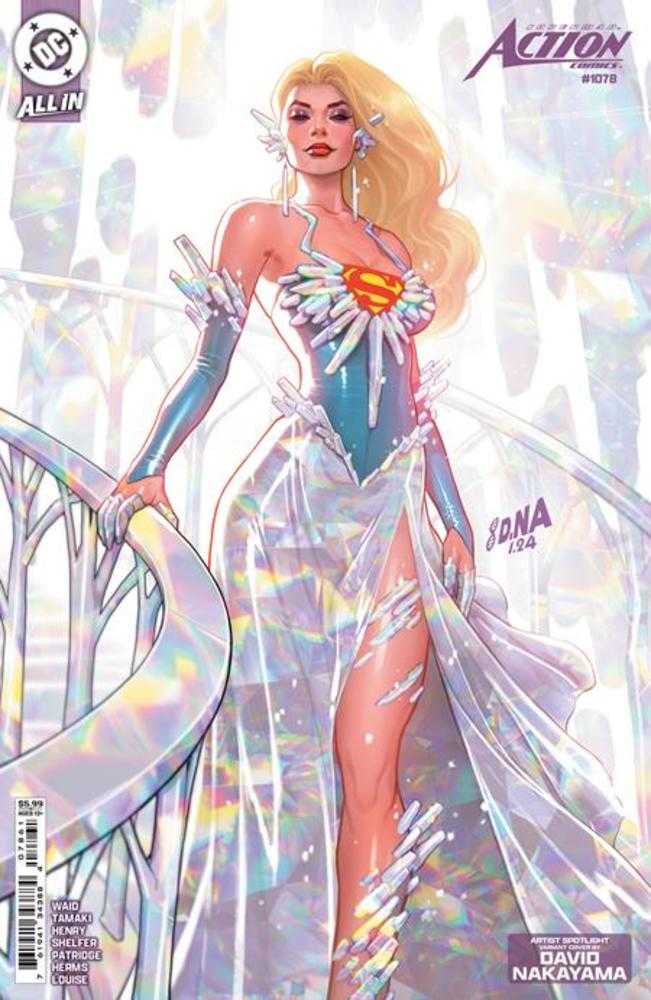


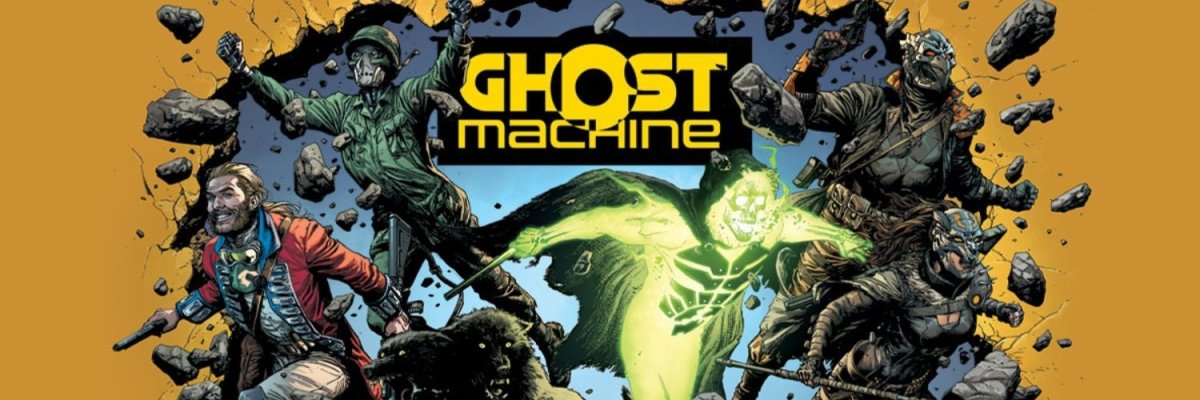

1 Kommentar
Gloriana
Had to get Skim (legally, second-hand) after reading your recommendation, Mat. I’d seen it on comic store shelves for years and always paused at it, but I needed that extra push to finally pick it up, and that was it.
It’s one of those graphic novels that almost made me miss my train stop, and made me very annoyed I started it before work, because I couldn’t finish it in one go. I can’t believe this is one of Mariko Tamaki’s first graphic novels! It just feels so real that you can’t even get mad at those stupid teens, and they’ll make you snicker with their depressive, “being happy is uncool” remarks. Thanks a ton for the recommendation!